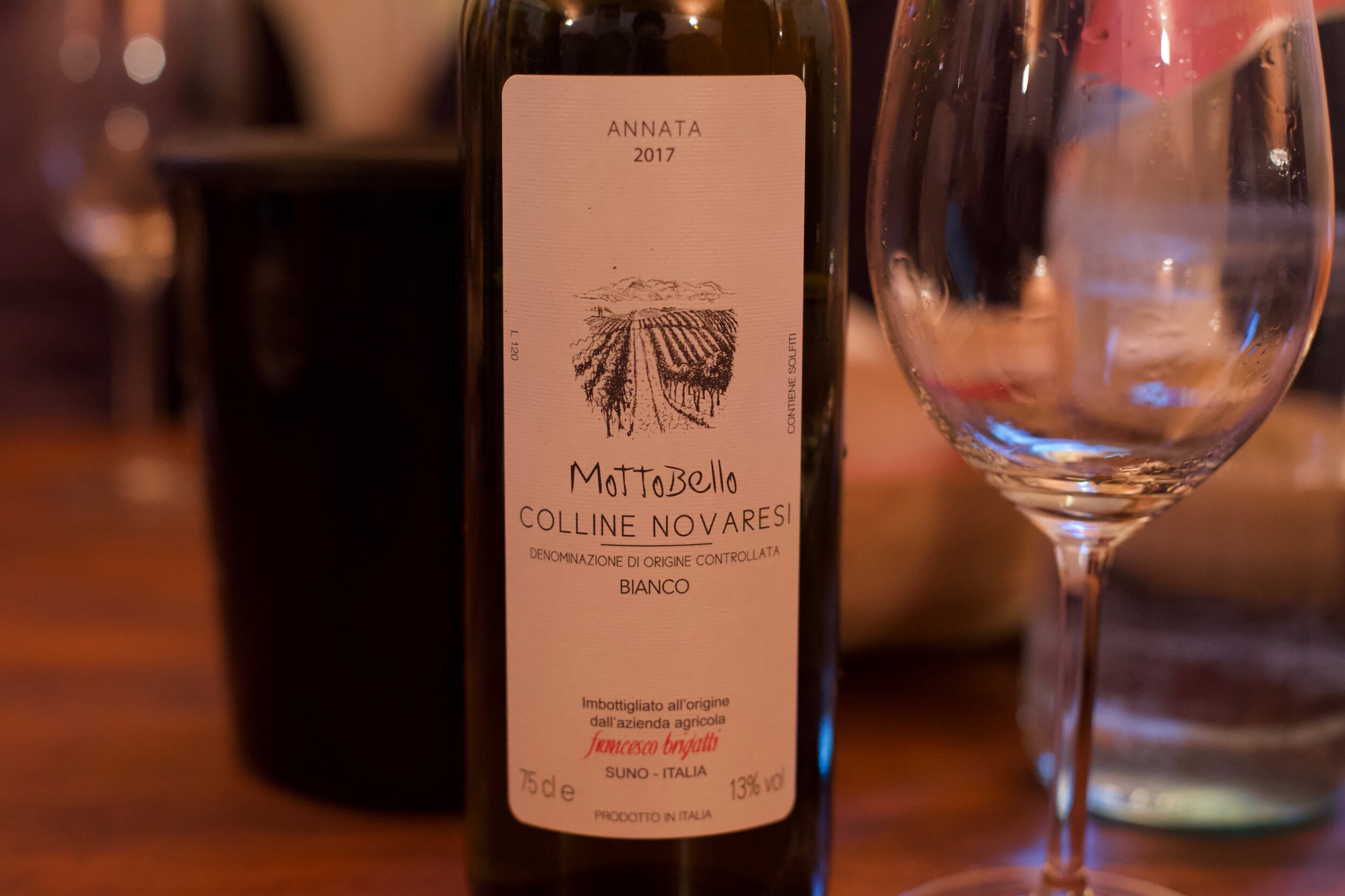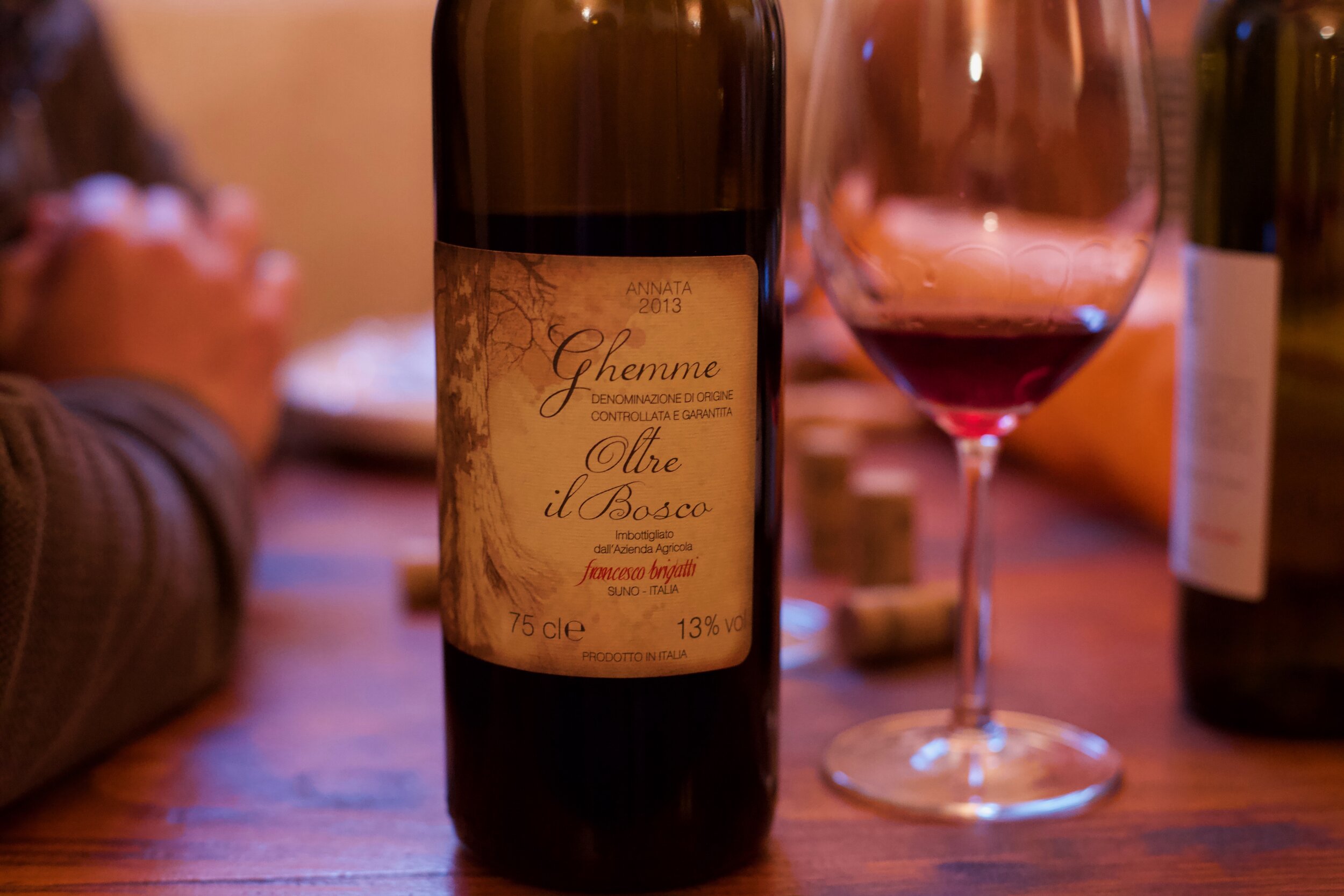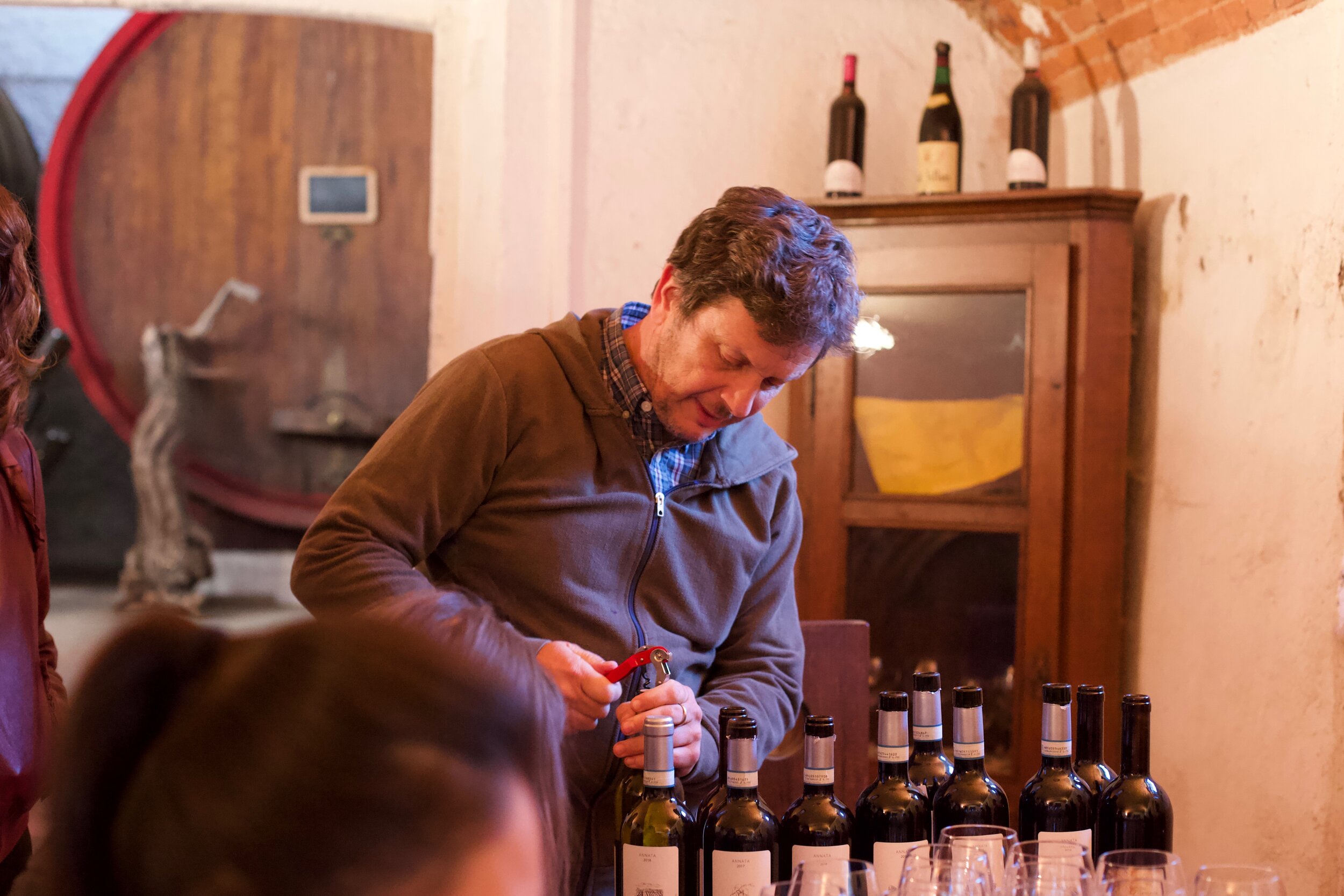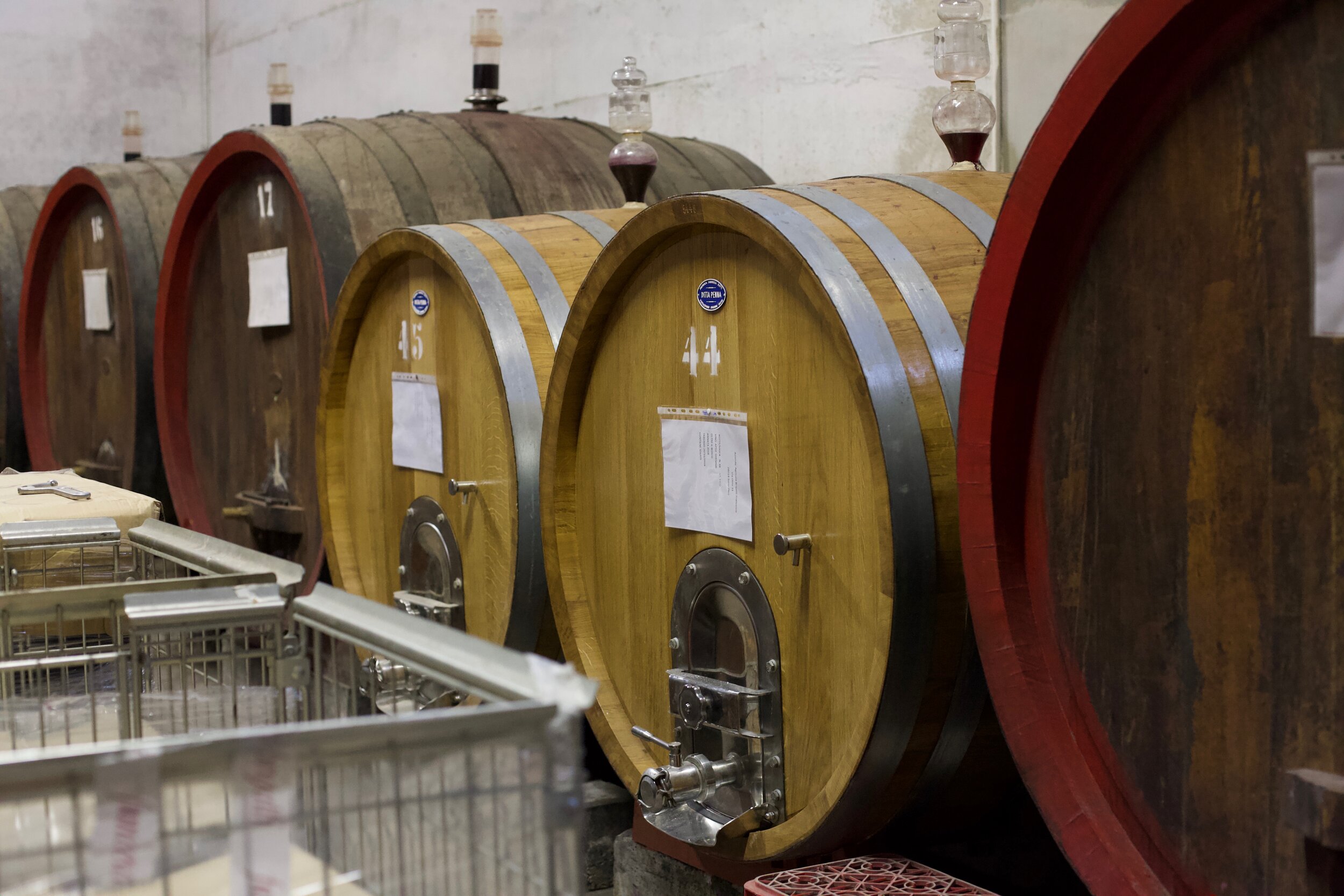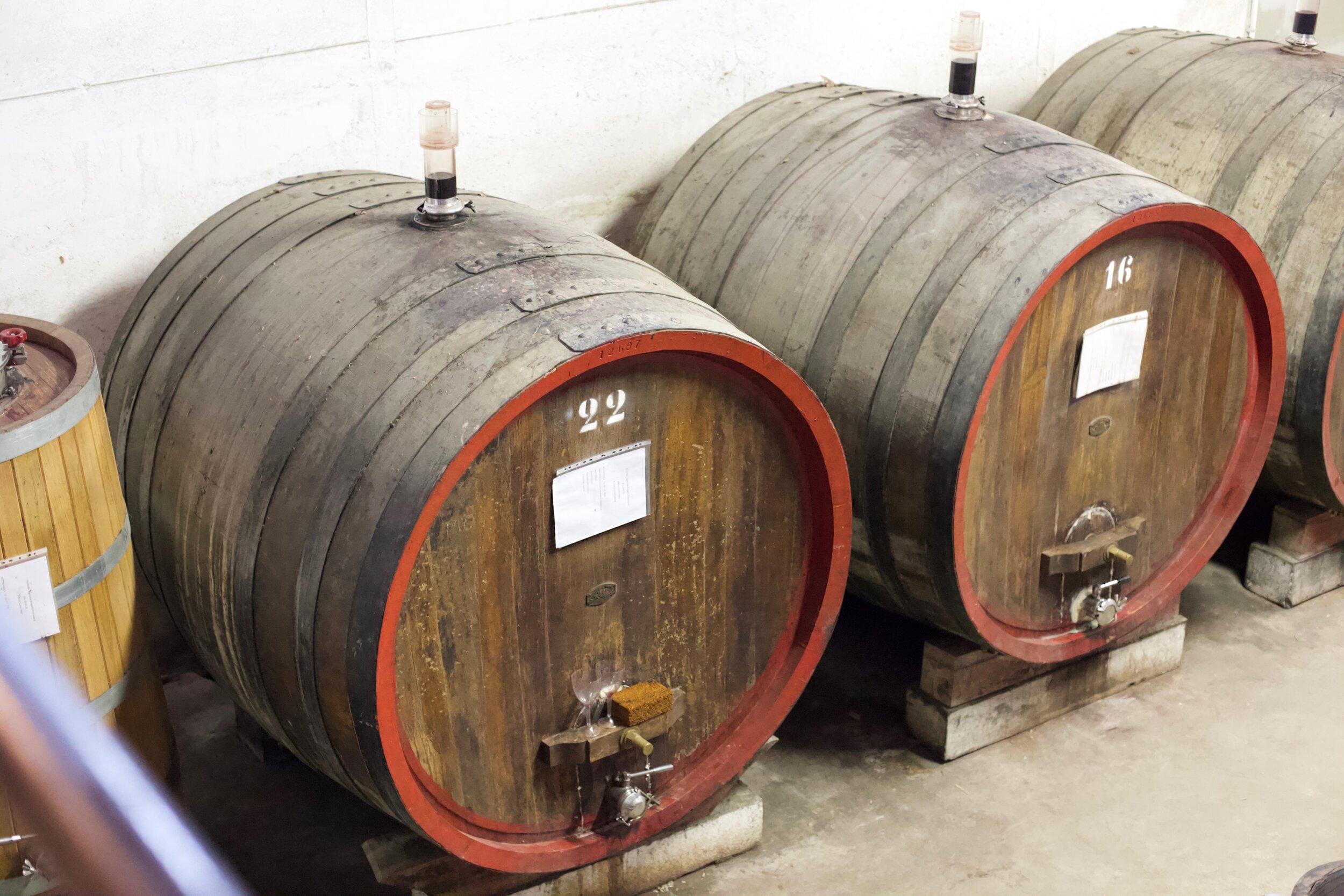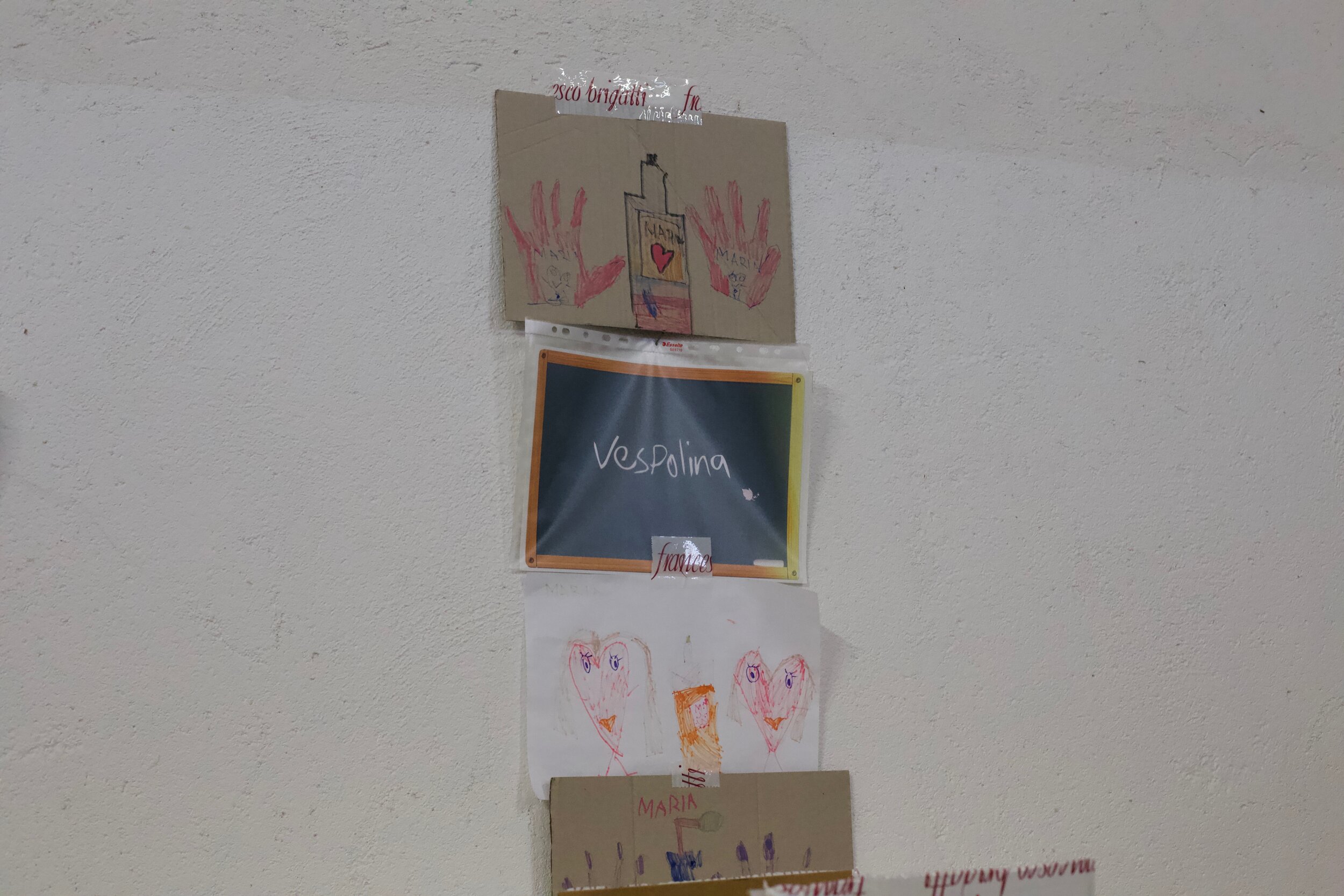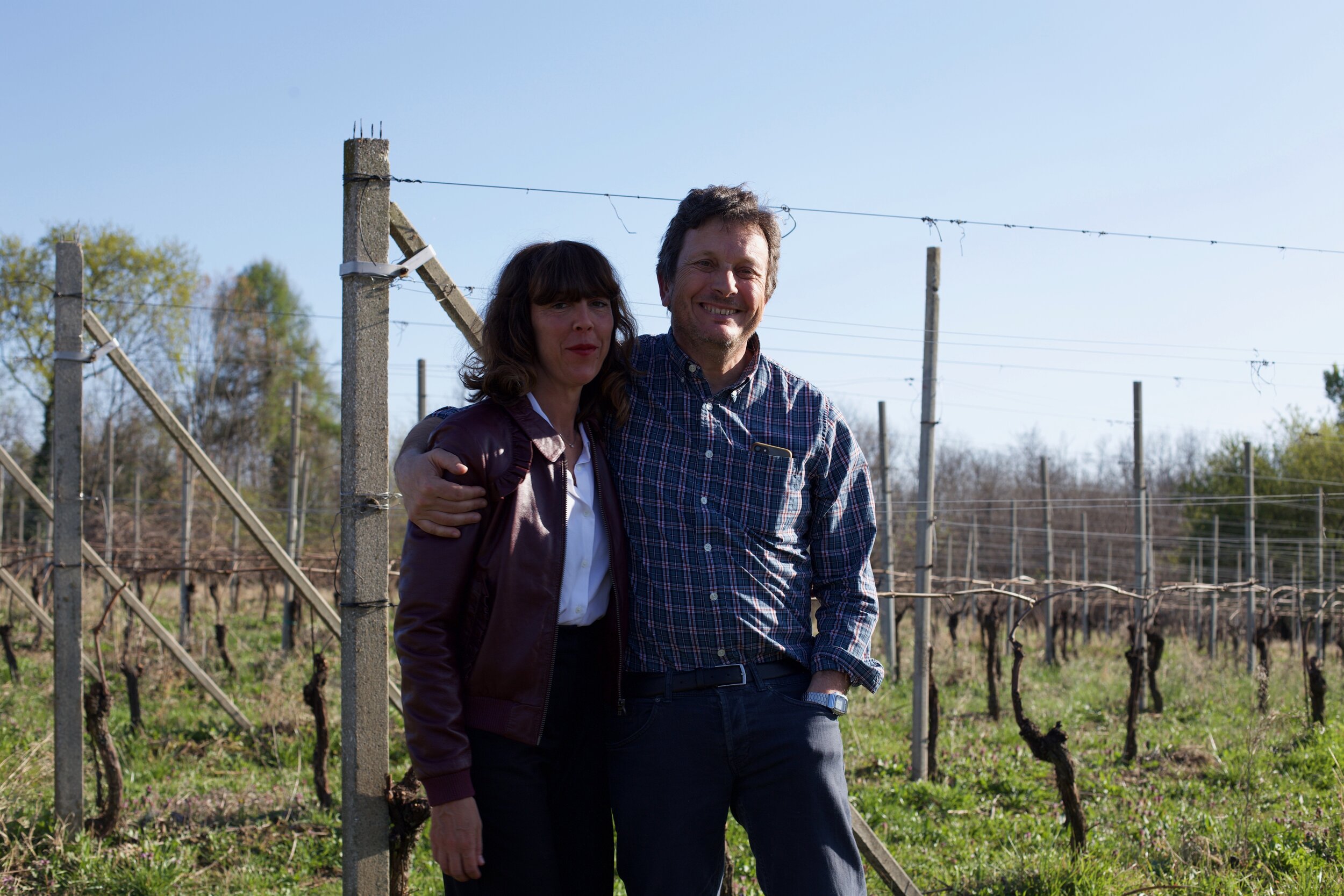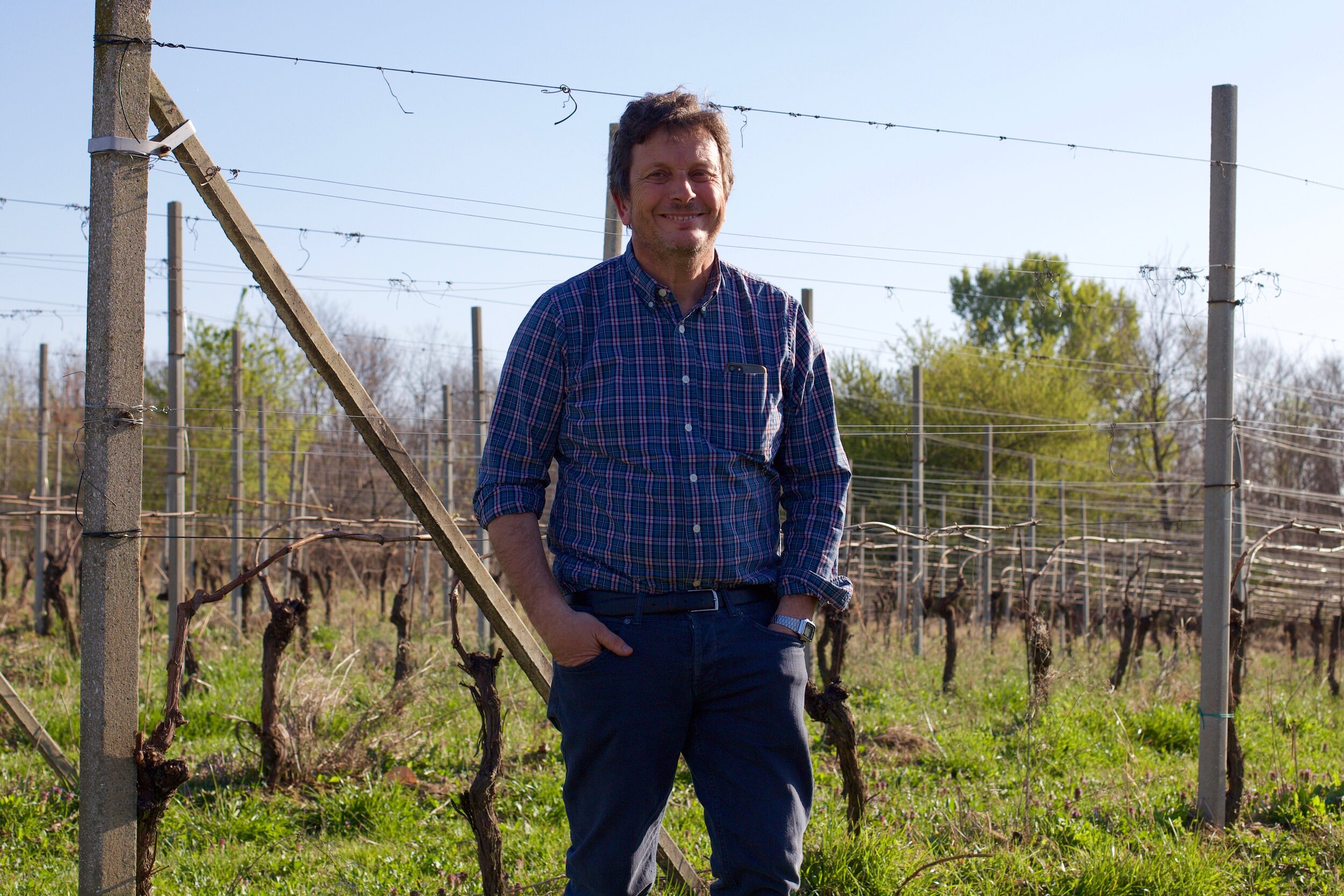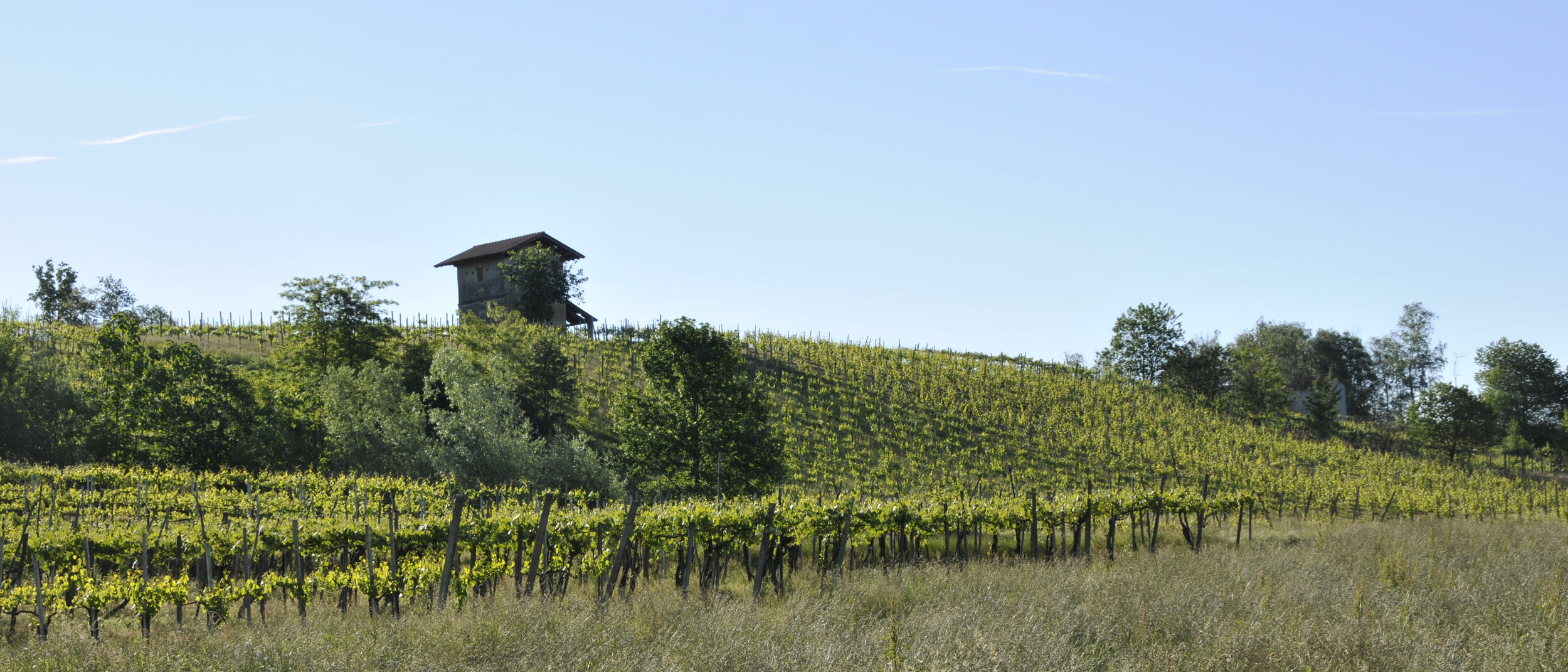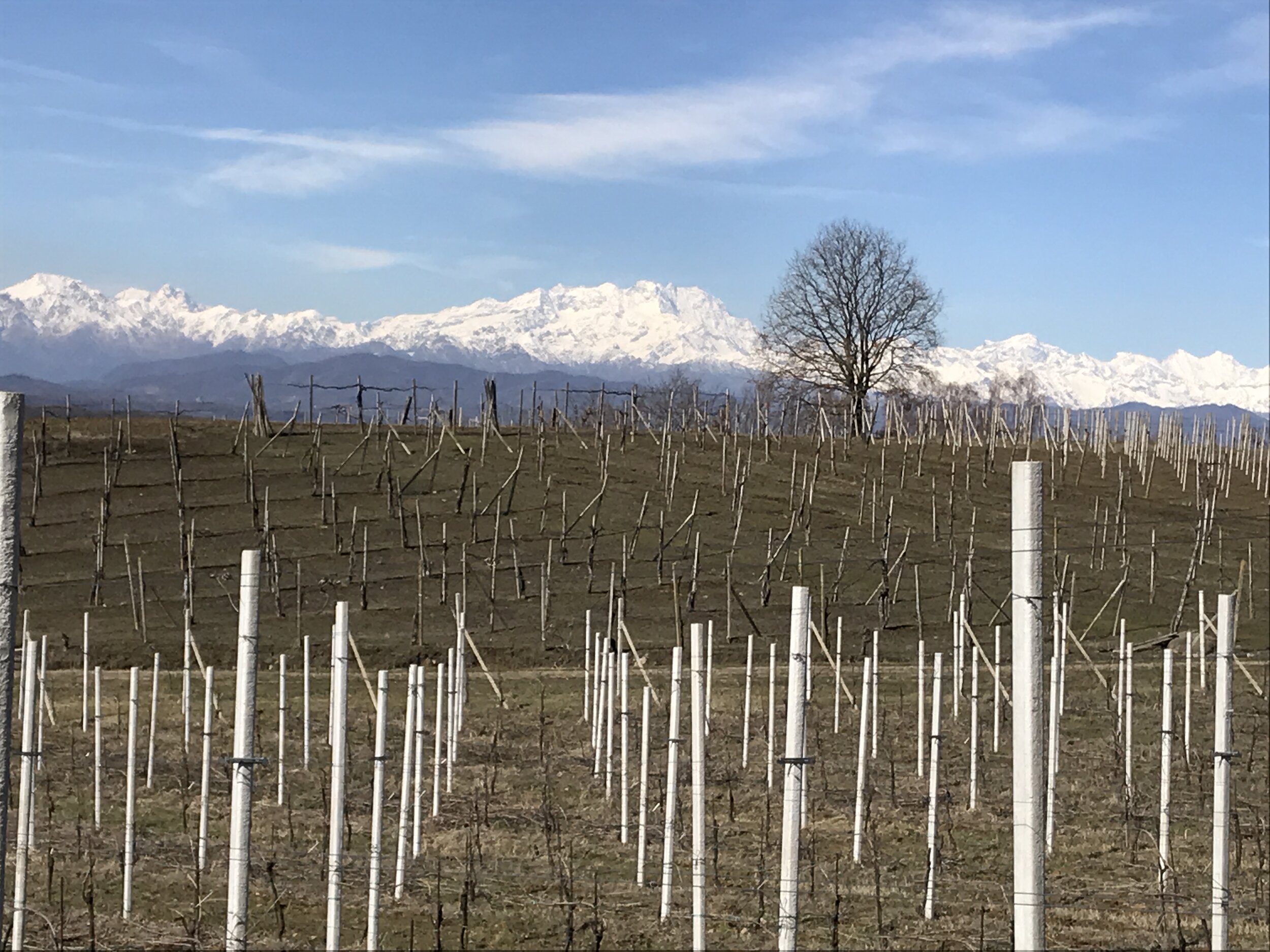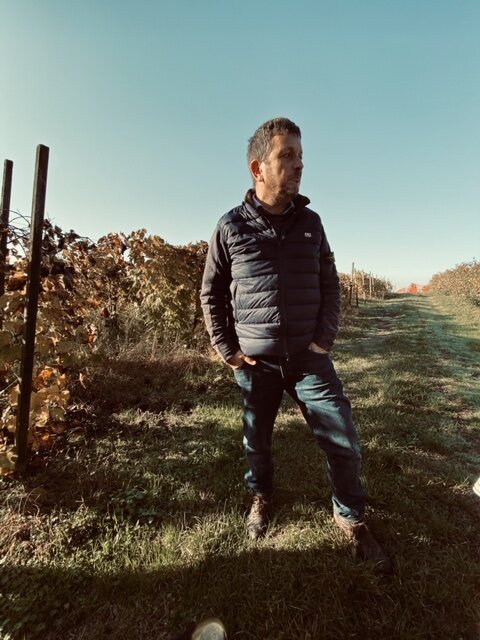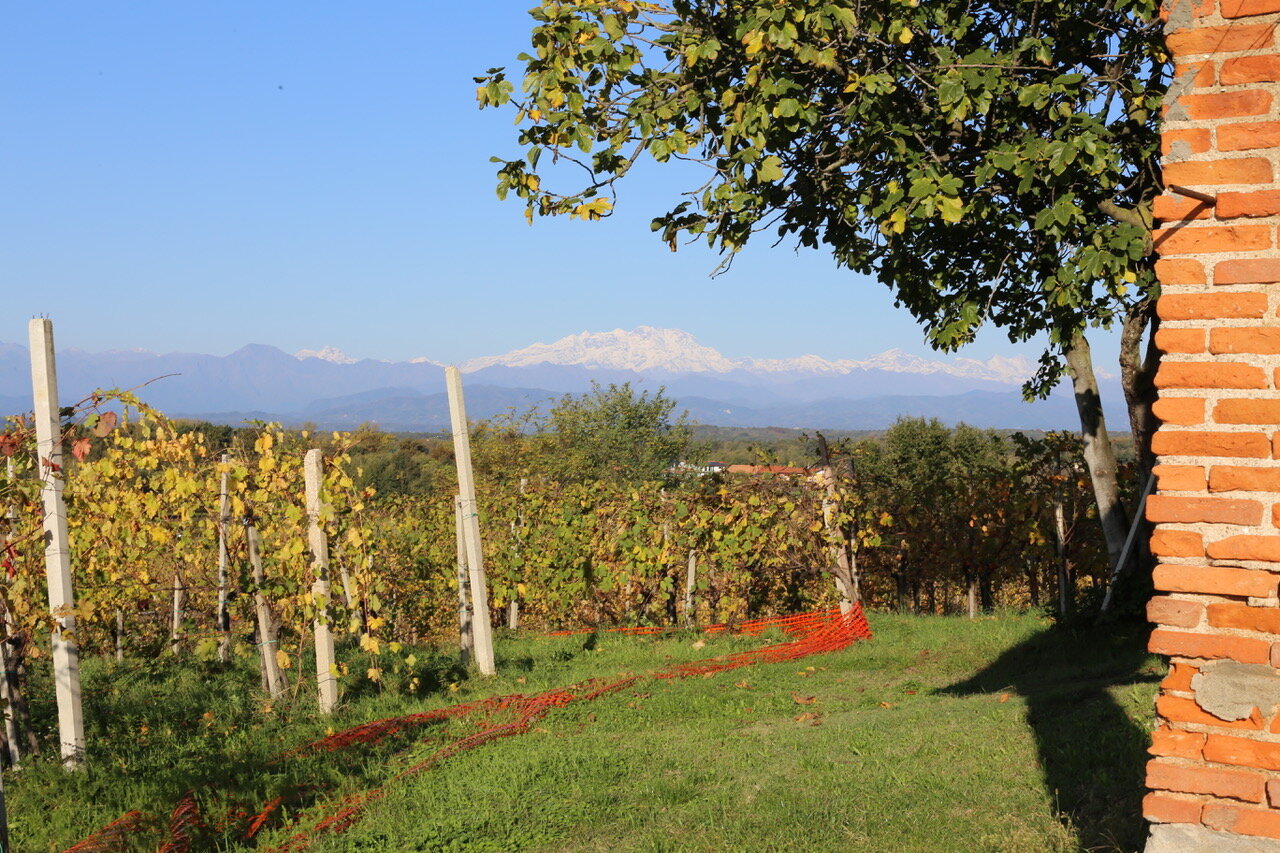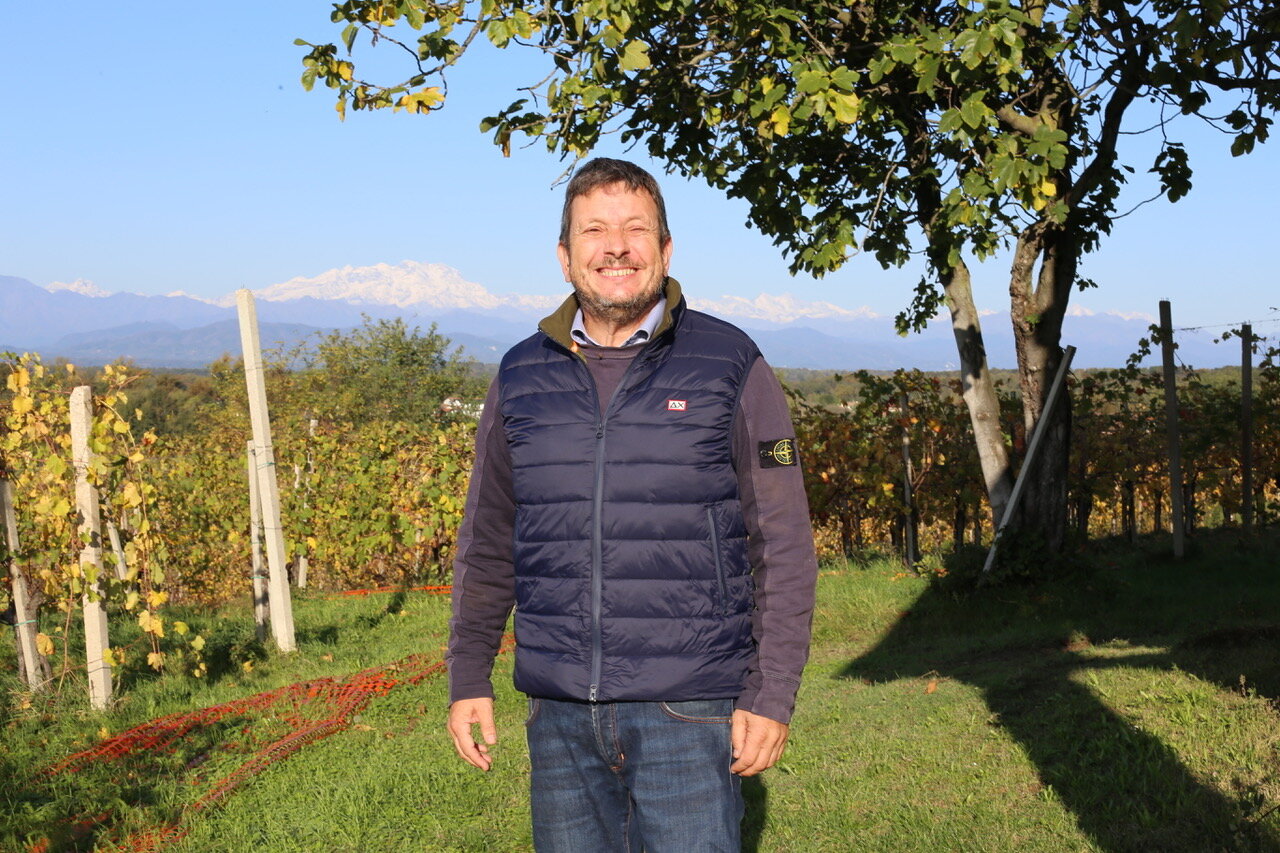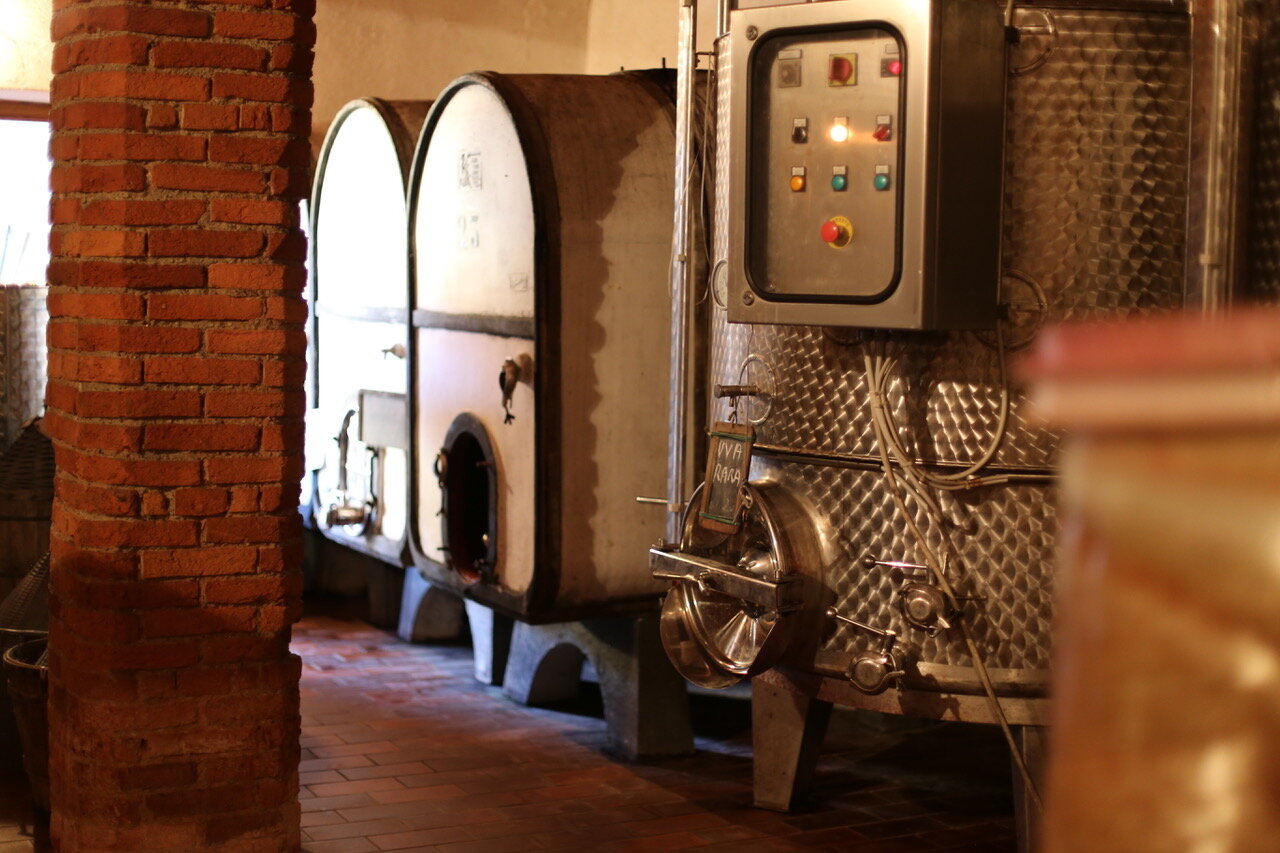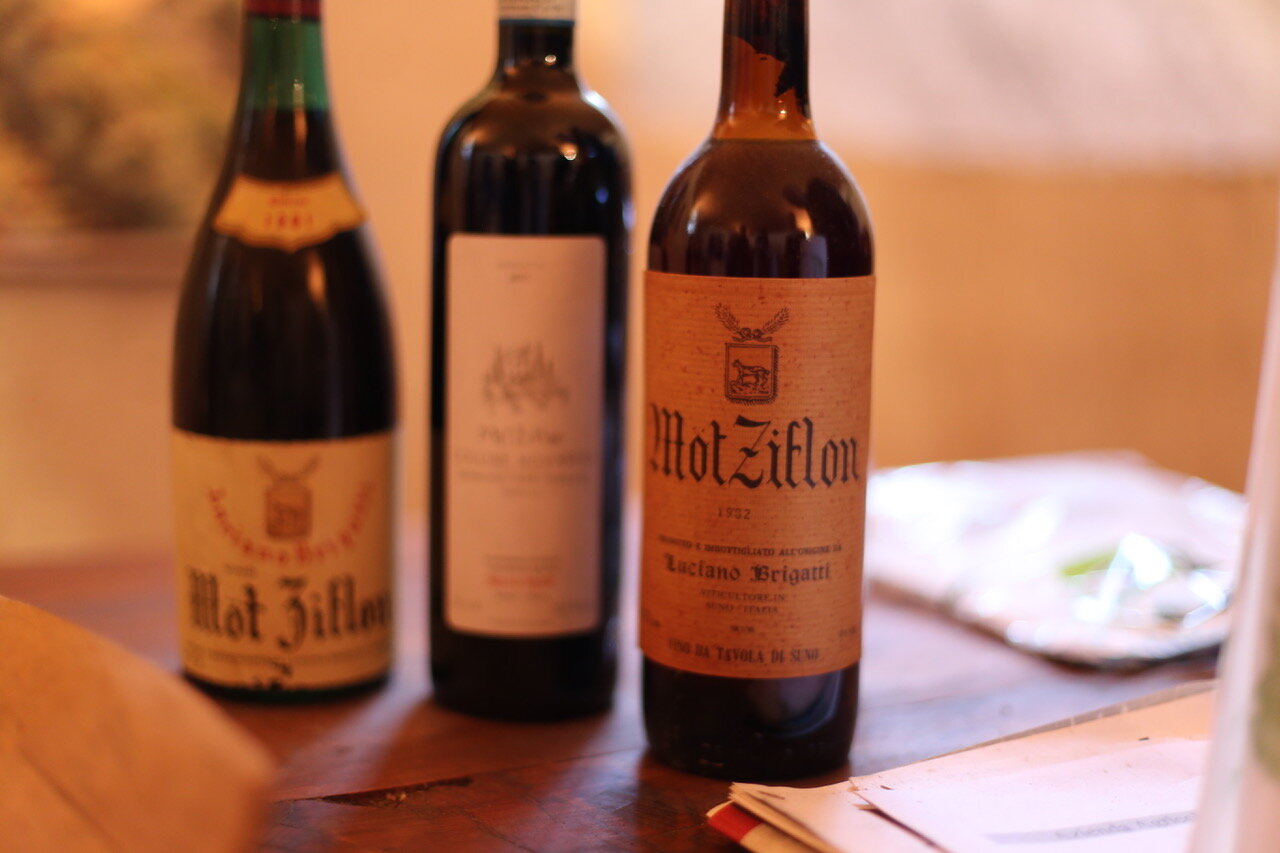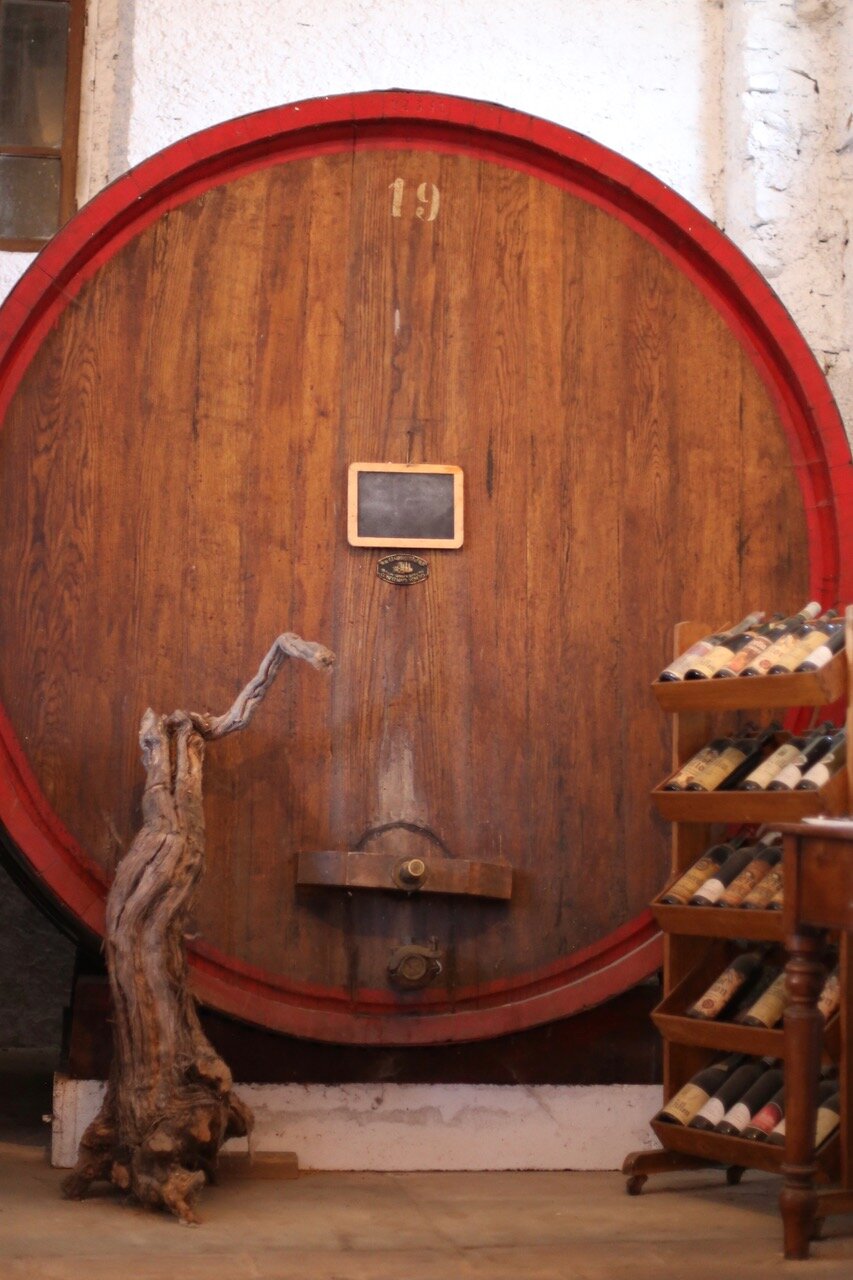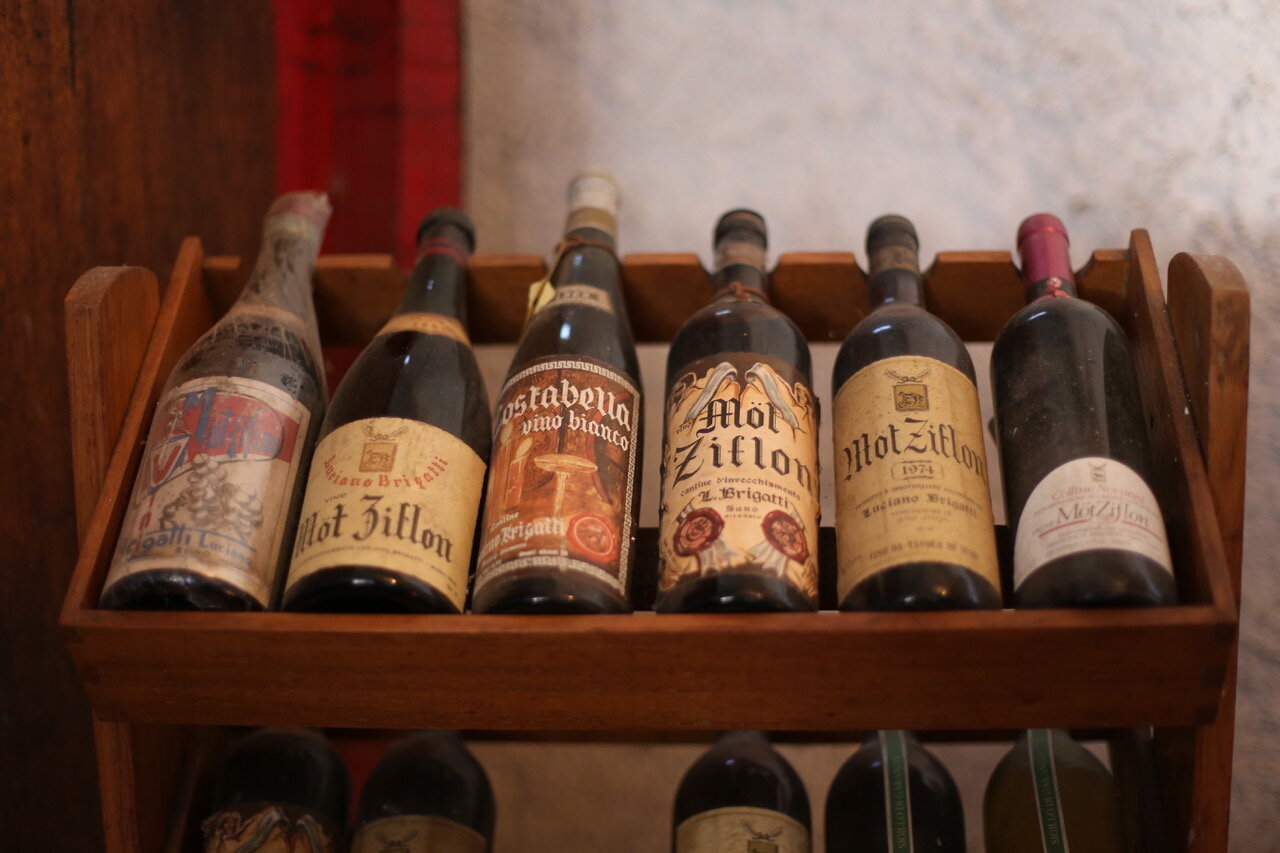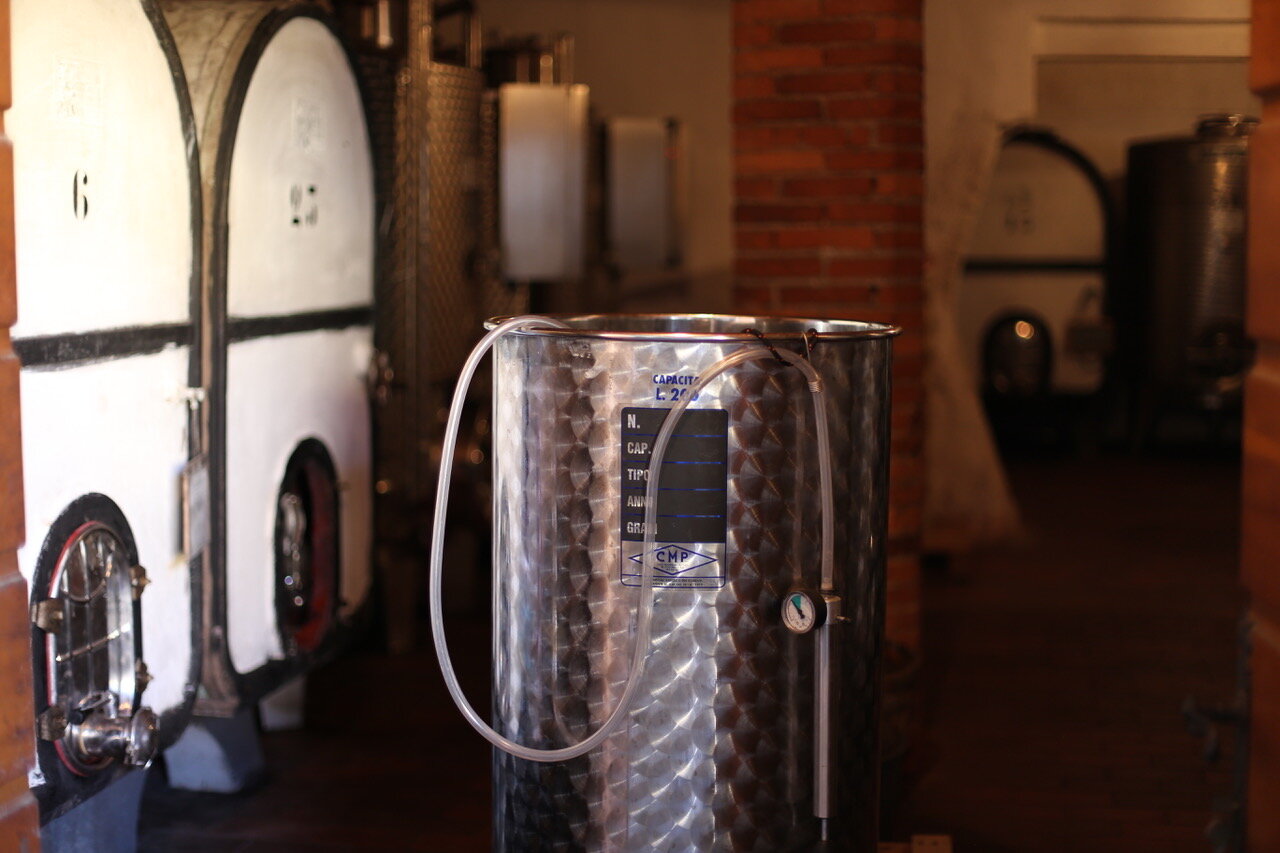Francesco Brigatti
about francesco brigatti:
Francesco Brigatti is an exemplary small wine grower in northern Piedmont. He makes small amounts of elegant, expressive wines based on the classic Nebbiolo variety, and he also makes delicious varietal bottlings of the indigenous varieties that are normally blended with Nebbiolo in this area, such as Vespolina and Uva Rara, and a top-class Erbaluce white wine. His cellar is in Suno, not far from the southern end of Lago Maggiore.
Nebbiolo-based wines from this region (Alto Piemonte) are strikingly different from those from Barolo and Barbaresco, particularly in structure (they are usually less tannic and less alcoholic). The climate is somewhat cooler here, with breezes from Monte Rosa to the north giving excellent day/night temperature variation; and the soils are entirely different, acidic morainic clays rather than alkaline calcareous clays in the Langa.
Francesco Brigatti: ’My grandfather started the family farm in 1920. He had a few cows, and grew grapes, some grain, and fruit, but eventually fell in love with grape growing, sold the cows, and became a full-time grape-grower. So I am the third generation on our farm. I graduated from the University of Turin in agronomy, and worked for a few years at the university doing clonal selection of grapevines; then a new boss moved me from the field to a desk job behind a computer, so I left the university and dedicated myself to our family estate.
Today I farm a little more than six hectares (15 acres), and I use the **Integrated Pest Management farming method. Some of my vineyards are planted with massal selection and some with clones. The soils are very acidic (pH around 5-5.5, very rich in potassium and magnesium, giving a savory character to the wines. There is a fair amount of clay in the vineyards.’
_____________________________________________
the wines:
Vespolina ‘Maria’
Ian d’Agata* describes the red grape Vespolina as ‘one of Italy’s best native grape varieties’, strong praise from this expert. Until fairly recently it was mostly blended into wines made predominantly from Nebbiolo, but the quality and distinctive character of the best varietal bottlings are encouraging more producers to try it, despite the fact that it is hard to grow. Brigatti’s Vespolina was planted in the 1980s in acidic soil of morainic origin. The grapes are picked in September and fermented in stainless steel tanks, spending about a week in contact with the skins. The wine is then aged in stainless steel for about six months before bottling.
The wine combines bright red fruit notes with clear herb and spice overtones (the grape is rich in rotundone, an aromatic component of some herbs such as Marjoram and also black pepper). This bottling shows fine tannins and fresh acidity to complement the juicy fruit notes, and is an outstanding everyday red wine.
Nebbiolo Colline Novaresi ‘Mötfrei’
The Mötfrei vineyard was planted to Nebbiolo in the early 1980s, in iron-rich sandy reddish soil, at about 300 meters (1,000 feet) above sea level. The harvest is normally in mid-October; the grapes are de-stemmed, crushed and allowed to ferment in a stainless steel fermenter with no added yeast. (Francesco does use a ‘pied de cuve’, starting the fermentation a few days before the harvest.) The wine is pumped over once a day, and macerated with the skins for about two weeks; malolactic fermentation and aging take place in puncheons (not new) for 18 months. The wine is fermented to dryness, and bottled without fining or filtration. Around 3,000 bottles a year are produced.
The Colline Novaresi appellation is the equivalent of Langhe Nebbiolo in the Barolo/Barbaresco area, but this wine is finer than that would suggest.
This Nebbiolo is simply beautiful: translucent garnet color, aroma and flavor of red fruit (red-currant, raspberry), with hints of angelica, leaf-mold, and baking spices; gorgeous texture, mouth-filling but silky; very long and complex. Many of the best Nebbiolos from northern Piedmont are both drinkable and worth aging, like this one; don’t hesitate to drink it now with red meat, but I will certainly age it too.
Ghemme ‘Oltre il Bosco’ DOCG
Made entirely of Nebbiolo, from two vineyards in the Pelizzane and Livelli areas of Ghemme, on the edge of the wood that divides the two sub-areas of the appellation. The soils here are morainic clay, very acidic (5.5 pH), and planted at moderate density (4,000 vines per hectare). The harvest takes place in mid-October; after de-stemming and crushing of the bunches the must is fermented using indigenous yeasts in cement tanks, keeping the cap submerged in the must with a grid (‘cappo sommerso’), as is traditional, for 60 days. The wine is then aged in large (1,500 liter) oak barrels for two years. No filtration and no fining.
Nebbiolo ‘MÖTZIFLON’
This is an outstanding and very distinctive Nebbiolo-based wine from Francesco Brigatti. (Nebbiolo is often blended with other varieties in Northern Piedmont, whereas Barolo and Barbaresco are traditionally made only of Nebbiolo.) It consists of 85% Nebbiolo, 10% Vespolina, and 5% Uva Rara (these last varieties are local to Alto Piemonte, and really interesting in their own right). The grapes are harvested in late September and early October, all from the Möt Ziflon vineyard; first the Vespolina, then the Uva Rara, and lastly the Nebbiolo. The varieties are fermented separately, in stainless steel and cement containers, the Vespolina and Uva Rara being macerated for about 10 days and the Nebbiolo for about 3 weeks. After malo-lactic fermentation the lots are blended, and the wine is aged in 1,500 and 3,000 liter barrels for about 20 months. (This is longer than the minimum aging period for Barolo, for reference.)
Nebbiolo grown in the right places can make wines so complex and distinctive that they are hard to put into words; this cuvée is a kaleidoscope of aroma and flavors, including wild strawberry and other red fruit, various baking spices like nutmeg, and herbs like sage. The wine is chewy but not at all bitter. Many of these Nebbiolo-based bottlings from Alto Piemonte can age very well, but they are often surprisingly drinkable on release, as this is. If you love Barolo you should also be drinking Brigatti’s big reds (he also makes an excellent Ghemme). Drink with red meats or roast chicken.
* in his excellent book Native Wine Grapes of Italy
**Agriculture: Integrated Pest Management, which is to say mostly organic practice but systemic treatments in difficult vintages.
_____________________________________________
more information:
Visit the Francesco Brigatti website
More about Piemonte
